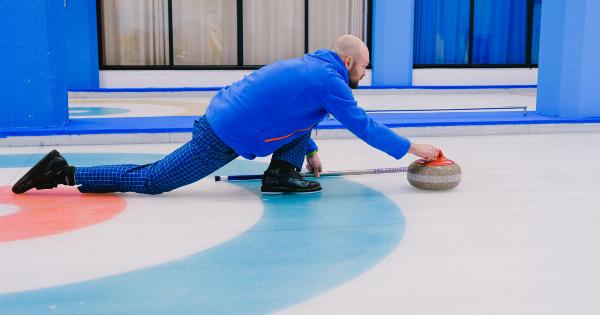Running is a popular form of exercise that has numerous benefits for your cardiovascular health, muscular endurance, and overall well-being.
However, it is often associated with knee pain, which can be a source of frustration and concern for many runners. While knee pain is a common occurrence in runners, it is not something that should be ignored or dismissed as a normal part of the sport.
In this article, we will explore the truth about running and knee pain, including the causes and prevention of common knee injuries.
Causes of Knee Pain in Runners
There are several factors that can cause knee pain in runners, including:.
Overuse injuries:
Overuse injuries occur when a runner exceeds their body’s ability to recover from stress. This can lead to inflammation and damage to the structures of the knee, such as tendons, ligaments, and cartilage.
Some common overuse injuries in runners include patellofemoral pain syndrome, iliotibial band syndrome, and patellar tendinitis.
Improper footwear:
Wearing shoes that are worn out, do not fit properly, or do not offer enough support can cause knee pain in runners.
This is because the impact of running is absorbed by the knees, and improper footwear can increase the stress placed on the knee joints.
Weak muscles:
The knee joint is stabilized by a complex network of muscles, tendons, and ligaments. If the muscles around the knee are weak, they may not be able to support the joint during running, which can lead to pain or injury.
Poor running form:
Running with poor form, such as landing heavily on the heels or overstriding, can place undue stress on the knees and cause pain over time.
Prevention of Knee Pain in Runners
While knee pain is common in runners, there are several things you can do to prevent it from happening to you:.
Wear proper footwear:
It is important to wear running shoes that fit properly, offer enough support, and are in good condition. Replace your shoes every 300-500 miles to avoid excess wear and tear on your knees.
Strengthen your muscles:
Include strength training exercises that target the muscles around the knee joint, such as squats, lunges, and leg presses. This will help to stabilize the knee and reduce your risk of injury or pain.
Improve your running form:
Work with a coach or trainer to improve your running form and technique. Focus on landing lightly on your feet, keeping your knees slightly bent, and taking shorter strides to reduce stress on your knees.
Rest and recover:
Allow your body time to rest and recover between runs to avoid overuse injuries. Listen to your body and adjust your training schedule as needed to avoid overtraining or pushing your body too hard.
Treatment of Knee Pain in Runners
If you do experience knee pain while running, there are several things you can do to treat it:.
Rest:
Take a break from running and rest your knee. This will give your body time to heal and reduce inflammation or irritation in the joint.
Ice:
Apply ice to the affected area for 15-20 minutes at a time, several times a day. This will help to reduce pain and swelling in the knee.
Compression:
Wear a compression bandage or brace around the knee to provide support and reduce swelling.
Elevation:
Elevate your leg to reduce swelling and promote healing. Keep your knee above your heart to encourage blood flow away from the affected area.
Conclusion
Knee pain is a common occurrence in runners, but it can be prevented and treated with proper care and attention.
By following the tips outlined in this article, you can reduce your risk of knee injuries and pain while enjoying the many benefits of running.






















